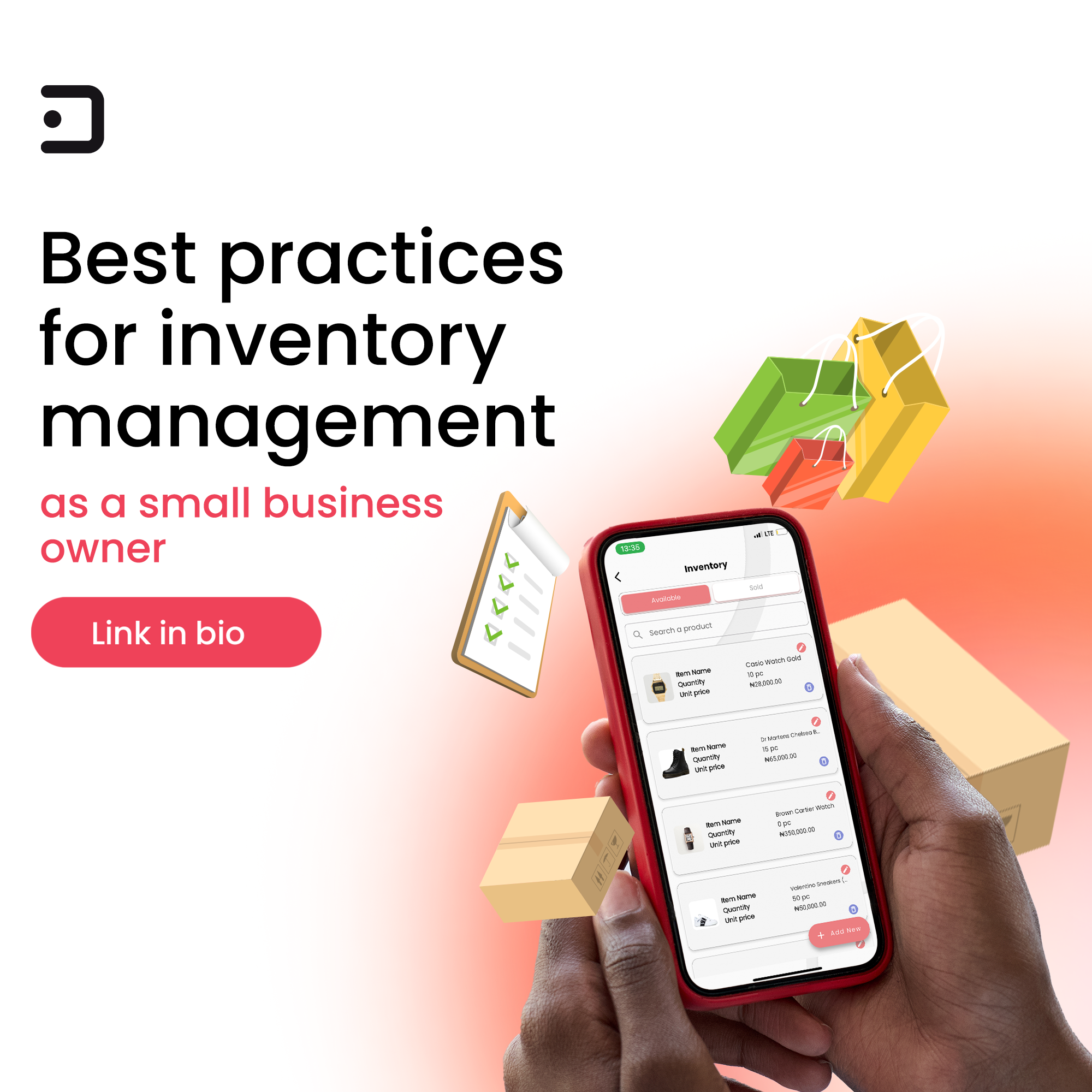A well-orchestrated inventory management system can streamline operations, enhance customer satisfaction, and boost overall profitability. On the flip side, inadequate inventory control can lead to stockouts, excess carrying costs, and missed opportunities.
To help businesses of all sizes navigate the complexities of inventory management, this blog post unveils a treasure trove of best practices that can lead to smoother operations, improved cash flow, and a competitive edge in today’s bustling market.
Accurate Demand Forecasting:
One of the foundational pillars of effective inventory management is accurate demand forecasting. By utilizing historical sales data, market trends, and customer feedback, businesses can make informed predictions about future demand patterns. Advanced forecasting tools and software can further optimize the accuracy and reliability of these predictions.
Collaborating closely with sales and marketing teams is essential, as it provides valuable insights into upcoming promotions and product launches that may impact demand. A precise demand forecasting system allows businesses to align their inventory levels with actual customer needs, reducing the risk of stockouts and excess inventory.
Regular Inventory Audits:
To maintain accuracy and identify discrepancies, regular inventory audits are essential. Periodic physical counts of your inventory help ensure that the recorded data matches the actual stock on hand. Utilizing inventory management software like the Dukka app with built-in audit features streamlines the process and enables real-time data accuracy.
Proper training of staff to conduct audits meticulously, adhering to standard procedures, is vital to minimize errors. Regular audits not only ensure inventory accuracy but also serve as a means to identify inefficiencies or opportunities for improvement in inventory management practices.
Categorize Inventory Items:
Classifying inventory items based on their demand patterns and value is known as ABC analysis. This categorization helps businesses allocate resources and attention accordingly, focusing on high-value or high-demand items that have a significant impact on overall profitability. By identifying the most critical items, businesses can prioritize their inventory management efforts and ensure that these items are always in stock and readily available.
Safety Stock Management:
Maintaining a safety stock level is essential to protect against unexpected spikes in demand or delays in replenishment. Calculating safety stock based on historical demand variability and lead times provides a buffer to prevent stockouts during unexpected situations. Safety stock ensures that businesses can continue to meet customer demand even during unforeseen disruptions, such as supply chain delays or sudden surges in sales.
Adopt Automation and Technology:
Incorporating automation and technology into inventory management processes can significantly improve efficiency and reduce manual errors. Inventory management software like the Dukka app provides real-time tracking, accurate data capture through barcode scanning systems, and automated replenishment alerts. By leveraging technology, businesses can streamline their inventory operations, make data-driven decisions, and enhance overall productivity.
Optimize Order Quantities:
Finding the right order quantity is crucial to minimize inventory costs and ensure sufficient stock levels. The economic order quantity (EOQ) model helps businesses determine the ideal order quantity that balances carrying costs and ordering costs. By considering factors like order lead time, carrying costs, and supplier discounts, businesses can strike the perfect balance and avoid overstocking or understocking.
Vendor Relationship Management:
Building and nurturing strong relationships with suppliers is vital for effective inventory management. A good relationship with suppliers can lead to better terms, more favorable pricing, and shorter lead times. Regularly assessing supplier performance and exploring alternative options ensure that businesses work with the most reliable and efficient partners.
FIFO and LIFO Management:
Inventory rotation methods like FIFO (First In, First Out) and LIFO (Last In, First Out) are essential considerations for inventory management. FIFO is suitable for perishable goods, where the oldest inventory should be sold first, reducing the risk of spoilage. LIFO, on the other hand, may be preferred for non-perishable items, especially during times of inflation, as it helps minimize carrying costs.
Real-Time Data Analytics:
Utilizing real-time data analytics allows businesses to gain actionable insights into inventory performance, sales trends, and customer preferences. By making data-driven decisions, businesses can optimize inventory levels, respond promptly to changes in the market, and identify potential opportunities for growth.
Cross-Departmental Collaboration:
Encouraging collaboration between different departments, including sales, marketing, finance, and operations, is crucial for efficient inventory management. Open communication and data sharing help align efforts and achieve common goals. By involving all relevant stakeholders, businesses can develop more comprehensive and effective inventory strategies.
Continuous Improvement and Monitoring:
Inventory management is an ongoing process that requires continuous improvement and monitoring. Adapting to changing market conditions and business needs is essential to stay ahead of the competition. Setting performance metrics and regularly monitoring key performance indicators (KPIs) allows businesses to track progress and identify areas for improvement continually.
Bottom Line
Mastering the art of inventory management is not a one-time task, but rather an ongoing journey towards achieving optimal efficiency and customer satisfaction. By implementing these best practices, businesses can strike the perfect balance between supply and demand, ensuring seamless operations and maximizing profitability in today’s dynamic business landscape.





